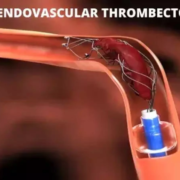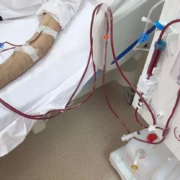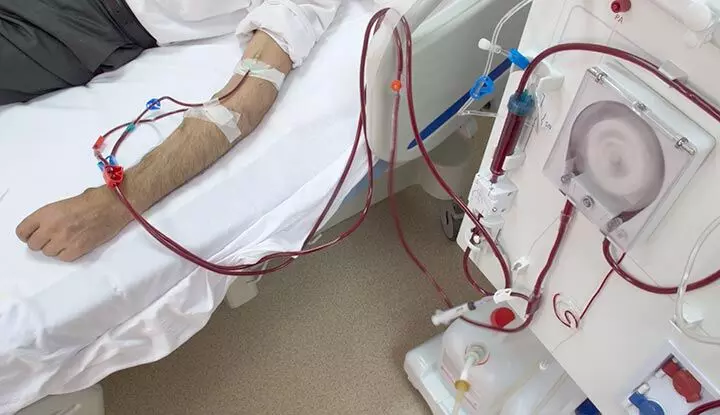Simple blood test may predict cardiometabolic complications for children with obesity: Study

Scientists from the University of Copenhagen have detected lipid biomarkers in children and teenagers with obesity that indicate an increased risk of developing type 2 diabetes, liver and heart disease as adults. A one-year lifestyle intervention lowered the levels of these lipid biomarkers, which demonstrates the importance of early intervention for children with obesity. The study is published in the prestigious journal Nature Medicine.
The number of children and teens with obesity is increasing worldwide, with over 250 million expected to be affected by 2030. It is a major public health crisis, as children with obesity risk developing insulin resistance, fatty liver, and high blood pressure, which may lead to diseases such as cardiovascular disease, type 2 diabetes and liver disease, later in life.
Scientists think these diseases can be triggered by changes in the body’s lipids – a wide range of fats and oils in the body including triglycerides and cholesterol that serve many purposes including energy storage and cellular signalling. But it is still not well understood how lipid species change in children with obesity, and how they are linked to early cardiometabolic complications.
Now, scientists at the University of Copenhagen have discovered that lipid species linked to cardiometabolic disease in adults are strongly associated with cardiometabolic risk factors in children and teenagers with obesity. The findings could pave the way for tests that serve as an early warning system for cardiometabolic disease.
“Our study shows that the impact of cardiometabolic associated lipid species emerges early in life in children with obesity, particularly affecting liver function and glucose metabolism. These risk lipid species could potentially be explored further as biomarkers for diagnosing or predicting cardiometabolic risk in children at high risk, offering new insights for early detection and intervention,” says Postdoc Yun Huang from the Novo Nordisk Foundation Center for Basic Metabolic Research at the University of Copenhagen, and co-first author of the study in Nature Medicine.
Early intervention reverses cardiometabolic disease risk
The scientists made their discoveries by drawing on the HOLBAEK Study biobank of more than 4,000 children with and without obesity. at the Children’s Obesity Clinic at Holbaek Hospital. Together with scientists at Steno Diabetes Center Copenhagen, they harnessed powerful mass spectrometry technology to map hundreds of individual lipid species, each with distinct structures and functions, providing a detailed picture of lipid metabolism. By analyzing the differences in the lipid profiles of 958 children with overweight or obesity and 373 who had normal weight, they gained deep insight into obesity altered lipid profiles and their link to cardiometabolic risk, and the ability to detect excessive fat in the liver.
To see how the lipid profiles of the children and teenagers would respond to a lifestyle intervention, 186 participants who underwent a one-year obesity management program at the Children’s Obesity Clinic were examined before and after the treatment. The clinic is an accredited European Centre for Obesity Management that practices the Holbaek Obesity Treatment method, which comprises a range of lifestyle recommendations. Eighty-three percent of participants reduced their weight, and the scientists discovered that levels of harmful lipids had clearly reduced alongside the weight loss. These changes in lipid species play a role in explaining the link between weight loss and improvements in cardiometabolic traits.
“This study reinforces the need to treat childhood obesity far more seriously, as it increases the risk of developing a range of diseases that lower quality of life. Thankfully, we have shown that early intervention can reverse the risk and allow children and teenagers the possibility of living long disease-free lives as adults,” says Professor Torben Hansen from the Novo Nordisk Foundation Center for Basic Metabolic Research at the University of Copenhagen, and co-senior author of the study.
Reference:
Huang, Y., Sulek, K., Stinson, S.E. et al. Lipid profiling identifies modifiable signatures of cardiometabolic risk in children and adolescents with obesity. Nat Med (2024). https://doi.org/10.1038/s41591-024-03279-x.
Powered by WPeMatico



















